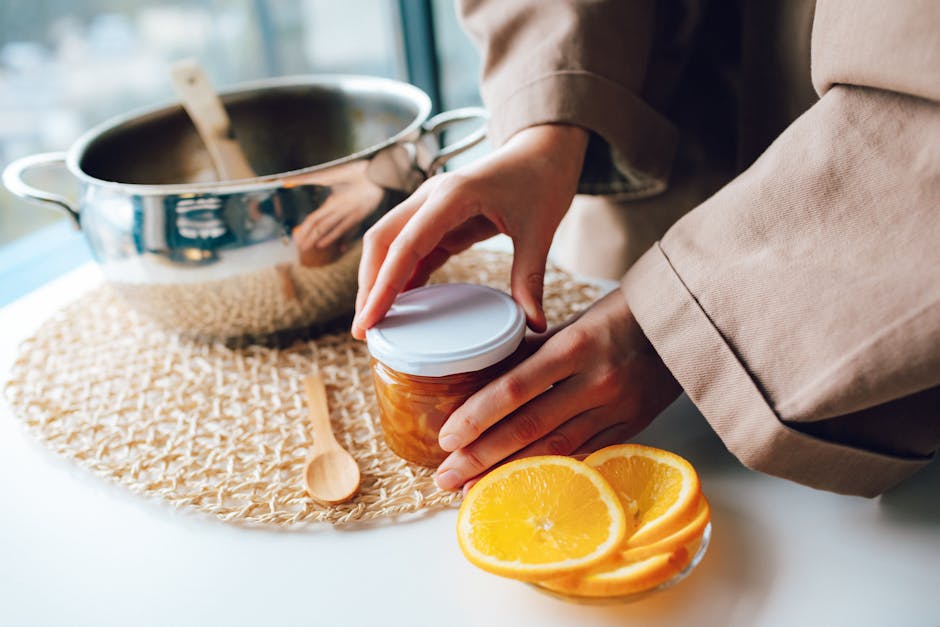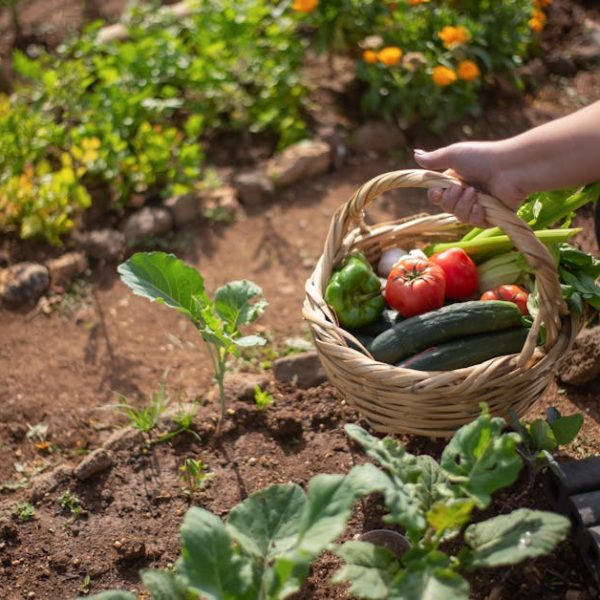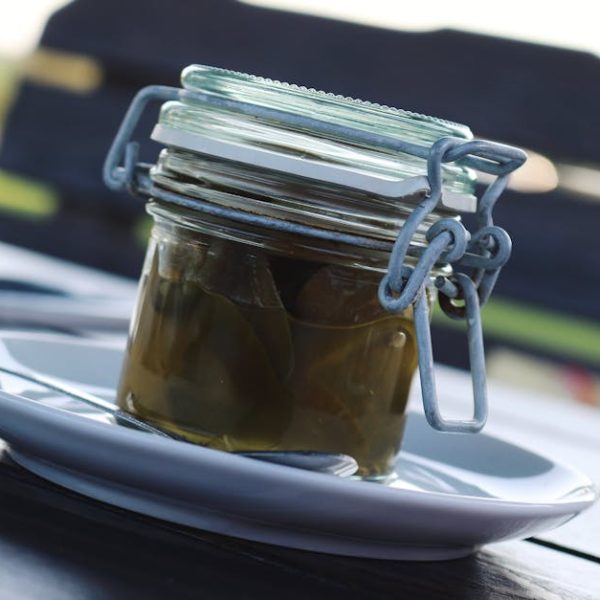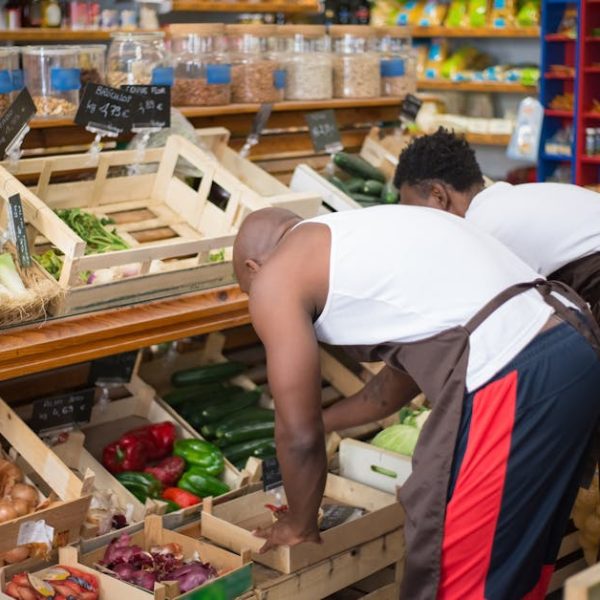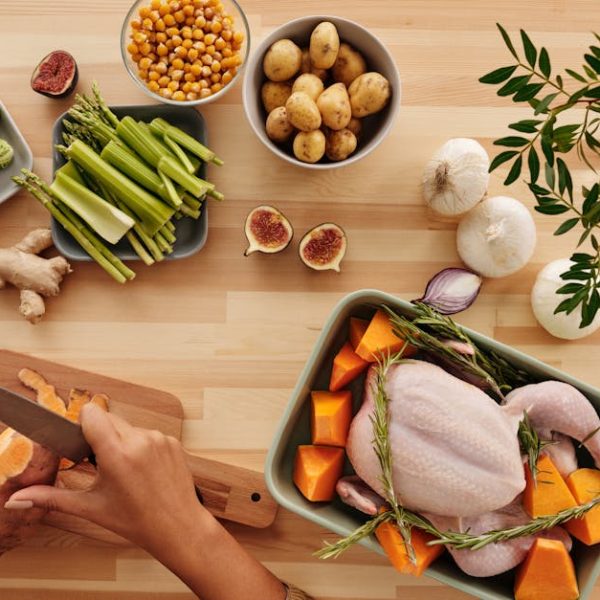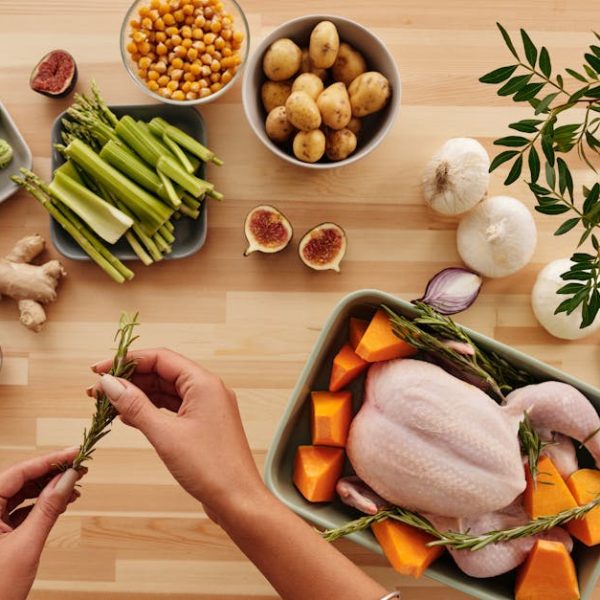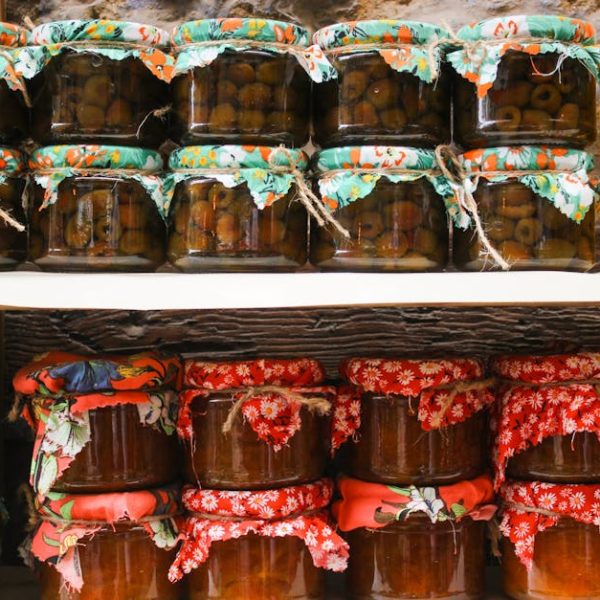Easily canning and pickling peppers at home doesn’t require a culinary degree or a grandmother’s secret recipe. It simply involves following easy-to-understand steps, some basic supplies, and of course, an armful of fresh peppers. This guide will provide a comprehensive look at how you can successfully can and pickle peppers in your kitchen.
Selecting and Preparing Your Peppers
Before we delve into the process, it’s vital to understand the kind of peppers suitable for pickling and canning. Essentially, any pepper can be pickled or canned, but it’s often best to choose varieties that are firm, crisp, and with a pronounced flavor. Always go for peppers that are fresh and vibrant in color without any blemishes or soft spots.
*Peppers Best Suited for Pickling and Canning:*
- Bell Peppers
- Jalapenos
- Hungarian Wax
- Banana Peppers
- Cherry Peppers
Here’s a pro tip: Always ensure your peppers are impeccably clean. Since the canning process involves high heat, peppers should be free of any dirt or grime that might potentially burn and affect the overall taste.
Gathering Necessary Supplies
Once your peppers are ready, gather your canning and pickling supplies. You will need jars, lids and bands, vinegar, sugar, salt, and water. A canning pot and rack are also necessary, along with a jar lifter.
*Essential Supplies Checklist:*
- Mason jars with lids and bands
- Large canning pot with rack
- Jar lifter
- Vinegar, sugar, salt, water
When it comes to choosing your jars, using glass jars is more advantageous than plastic ones because of their ability to withstand the high temperatures during sterilisation and processing.
Creating the Pickling Brine
A simple pickling brine combines vinegar, water and salt. Boil these ingredients together until the salt is completely dissolved. For added flavor, consider including garlic, dill, or other herbs and spices of your choice.
*Simple Pickling Brine Recipe:*
- 2 cups vinegar
- 2 cups water
- 2 tablespoons salt
- Optional: herbs and spices
Remember, brines should be allowed to cool before they are poured over the peppers, and always use glass, ceramic, or plastic bowls when making brine. Metal bowls or utensils can react with vinegar and taint your brine.
Can Peppers and Add Brine
Canning peppers involves packing them into jars and then pouring in the brine. Be sure to leave about half an inch of headspace at the top of the jar. Once filled, release any trapped air bubbles by running a chopstick or plastic knife along the inside of the jar.
A common question is whether the flavor of peppers changes depending on how long they’re in brine. The answer is yes – peppers packed in brine for longer periods have a more robust, mature flavor, while those pickled recently offer a fresh, crisp taste.
Preserving and Storing Canned and Pickled Peppers
After your jars are filled, they’ll need to be processed in a water bath to kill any potential bacteria. This step involves boiling your jars and allows your peppers to be safely stored at room temperature. The specific time for processing depends on the size of the jars and the type of peppers.
Some best practices for storing your canned peppers include ensuring they are kept in a cool, dry place, checking for any signs of spoilage before consumption, and keeping in mind that the longer they sit in the brine, the more flavorful they become.
Signs of Successfully Canned and Pickled Peppers
Not sure if your canning and pickling process has worked as it’s supposed to? Here are some clear signs that your peppers have been successfully canned and pickled. They should have a vibrant color, crunch when bitten into, have a tangy taste and emit a fresh and appetising aroma.
*Key Indicators of Success:*
- Vibrant color
- Crunchy texture
- Tangy taste
- Fresh aroma
Usages of Canned and Pickled Peppers
Canned and pickled peppers are a versatile ingredient that can be used in many ways. They can be added to salads, pizzas or sandwiches for a tangy and spicy kick. They also work as a garnish for cocktails, as a side on a cheese platter, or as a topping for tacos or grilled meats.
*Ways to Use Canned and Pickled Peppers*:
- Add to salads, pizzas, sandwiches
- Garnish cocktails
- Feature on a cheese platter
- Topping for tacos or grilled meats
Conclusion
Canning and pickling peppers is easier than you might think. With some fresh peppers, a few jars, and a little time, you can preserve the bounty of harvest season and have delicious, tangy peppers to enjoy throughout the year. Whether you’re a consummate canner or just curious to catch the canning bug, we hope this guide inspires you to roll up your sleeves and give pickling and canning peppers a try in your kitchen. It’s a rewarding and delicious project well worth the effort.
Summary
This ultimate guide walks you through the process of canning and pickling peppers from start to finish. It covers everything from selecting and preparing your peppers, gathering the necessary supplies, creating the pickling brine, canning peppers and adding brine, and preserving and storing canned and pickled peppers. The guide also provides insights into how to identify a successful canning and pickling process and creative ways to use canned and pickled peppers. With these steps, tips, and best practices, you’ll be well on your way to enjoying your homemade pickled and canned peppers.
Key Takeaway:
- Selection of fresh, firm, and flavor-rich peppers is the first step for a successful canning and pickling process. Peppers should be immaculately clean to prevent any influence on taste during heat processing.
- Accumulating the necessary supplies is vital, with glass jars preferred over plastic due to their heat-resistant property.
- Preparing a simple pickling brine involves boiling vinegar, water, and salt, followed by cooling before use with peppers.
- The technique of canning peppers includes packing them in jars, adding brine, leaving enough headspace, and removing air bubbles.
- Heat processing for preservation is crucial to prevent bacterial growth and allow safe room temperature storage. Cool, dry storage conditions aid to maintain the quality.
- Successful canning and pickling leads to vibrant, crunchy, tangy peppers with a fresh aroma.
- Canned and pickled peppers offer versatility in culinary uses – from garnishing cocktails to topping tacos.
Remember, pickling and canning is not just about preserving food; it’s about retaining the crunch and flavor of harvest season to relish throughout the year. With this detailed guide, you’re fully equipped to venture into this rewarding culinary project. So, embrace the journey and rediscover the joy of homemade canning and pickling.
FAQs
Q: Can I use any type of pepper for pickling and canning?
A: Yes, you can use any type of pepper, however, firm and flavor-rich varieties like Bell peppers, Jalapenos, Hungarian Wax, Banana, and Cherry peppers are usually preferred.
Q: Why do I have to sterilize jars before pickling and canning peppers?
A: Sterilizing jars ensures they are free from any bacteria, yeast, or fungi. This process helps to prevent food spoilage, thereby extending the shelf life of your pickled and canned peppers.
Q: Can I skip the heat processing step after canning?
A: No, heat processing is crucial as it kills potential bacteria and allows your canned peppers to be safely stored at room temperature.
Q: How long should I wait before consuming my pickled peppers?
A: Although there’s no hard and fast rule, it’s typically recommended to wait at least a few weeks to allow the flavors to fully develop. The longer the peppers sit in brine, the more flavorful they become.
Q: How should I store my canned and pickled peppers?
A: Store your canned and pickled peppers in a cool, dry place, away from direct sunlight. Always check for any signs of spoilage before consuming.
We hope this guide provides valuable insights into pickling and canning peppers at home. Don’t forget to share this article with your friends and explore more posts on our website.
